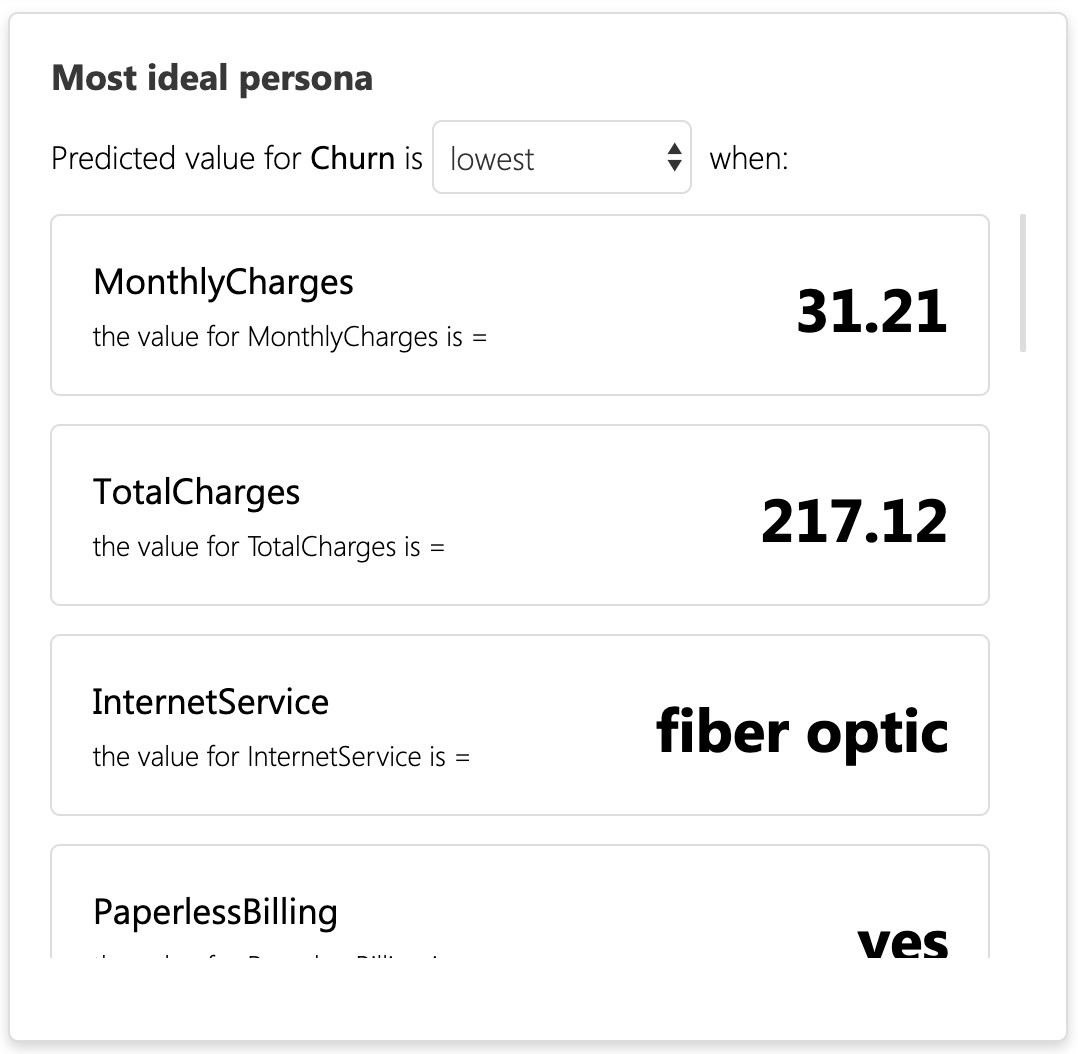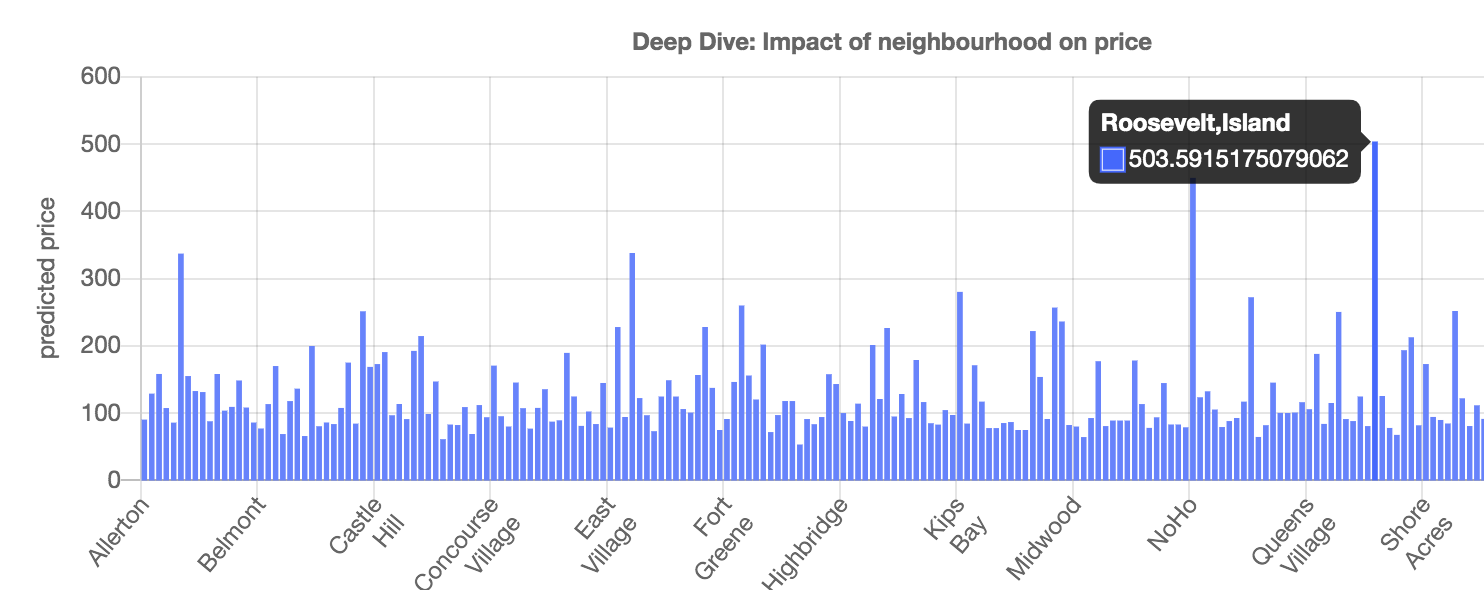Learn how to use no-code AI to make a pricing strategy like Uber.
Imagine it's a post-COVID world.
It's Friday night and you've just finished watching a movie (in an actual movie theater). You whip out your phone to hail an Uber. It’s late, and everyone is out enjoying their lives post-quarantine. Naturally, the prices for Ubers are high—but they're higher than you remember them being on a pre-Covid Friday night.
You ask your driver why the prices are so high and they say “The demand is higher. Everyone is out more now after quarantine. Also, that doesn't mean you shouldn't tip me.” You two share an awkward silence.
What they really mean is that Uber is using “dynamic pricing.”
What is Dynamic Pricing?
Dynamic pricing is a way to base prices on current market conditions. Uber does it. Airbnb does it. Airlines do it, too. Basically, anything that has rising and falling prices is probably using a dynamic pricing method.
The goal of dynamic pricing is two fold: on the one hand, businesses want to optimize for margins, and on the other hand, they want to increase their chances of sales. Businesses can apply this strategy to update their prices multiple times per day to capitalize on the ever-changing market.
Dynamic Price Methods
- Cost-based: Based on business costs to keep profit margins consistent.
- Competitor-based: Set to keep prices competitive.
- Demand-based: Set based on growing or shrinking demand.
How is dynamic pricing different from personalized pricing? Dynamic pricing looks at individual consumer behaviors and gauges/changes a product's value based on past shopping experience; it uses individual data and shopping experiences. Dynamic pricing allows you to capture extra sales and take advantage of a changing market without invading consumer privacy or trust.
Do You Need a Complex ML to Set Up Dynamic Pricing?
Good question.
You can use historical pricing data and plug them into machine learning algorithms to predict how much a customer is willing to pay at certain times. For companies that have a lot of daily transactions between customers, machine learning is invaluable.
The more data a company has, the more accurate dynamic price points will be. Additionally using machine learning provides more flexibility than a rule-based system due to the ability to change its output with a changing environment. As you feed your machine learning system current data, it can tell you real-time predictions and price services accordingly.
Use Cases of Machine Learning and Dynamic Pricing
Using Obviously AI, a tool made for non-technical business users, you can setup this dynamic pricing without writing technical code or having any background in machine learning.
If you’re coding an algorithm yourself or taking a more technical approach, I recommend this post.
Uncover Hidden Relationships Between Data Points
Crossing over into the telecommunications industry, we plugged in AT&T customer data into Obviously AI’s platform to see if we could get some insights. Let’s look at the relationship between churn and value of monthly charges. This helps figure out the factors related to churn and how much customers are willing to pay with certain services.
Obviously AI automatically built, tested, and deployed an algorithm tailored specifically for this dataset. For this instance, the algorithm is called the Gradient Boosting Regressor to figure out that the monthly charges were directly proportional to churn. We can also figure out those who had bank transfer payment method, are female, and had a two-year contract had a higher possibility of churning.
Segment Customers Based on their Characteristics

From this data, we can also conclude this is the average amount a customer is willing to pay before they churn. From these and other characteristics related to churn like age, internet service, if they stream movies or not, etc., we can build personas of customers.
Predict Customer Purchasing Behavior for Price Optimization
Another thing you can learn from this data is customer behavior based on altered services. Businesses can visualize which service features customers are willing to pay higher for.
For this use, we plugged in Airbnb data to determine what characteristics customers will pay a higher price for. With our platform, you can conclude neighborhood type, availability, room type, and minimum nights affect the price.
Customers were willing to pay the highest when they rent the entire home on Roosevelt Island in Manhattan with the average number of reviews for the home being 16.70.

With this data, you can pick the optimized price based on the characteristics of the services you’re providing.
If you want to learn more, read our blog post about creative data predictions.
The Possibilities With Machine Learning & Dynamic Pricing Doesn’t Stop Here.
There are just so many things you can do and methods you can use to get the most optimized price for your service using machine learning. We wanted to show you some examples to spark your creativity in searching for business solutions with predictive analytics.
To learn more about what machine learning (and no-code tools) can do for your business, be sure to read our Ultimate Guide to Machine Learning.

















